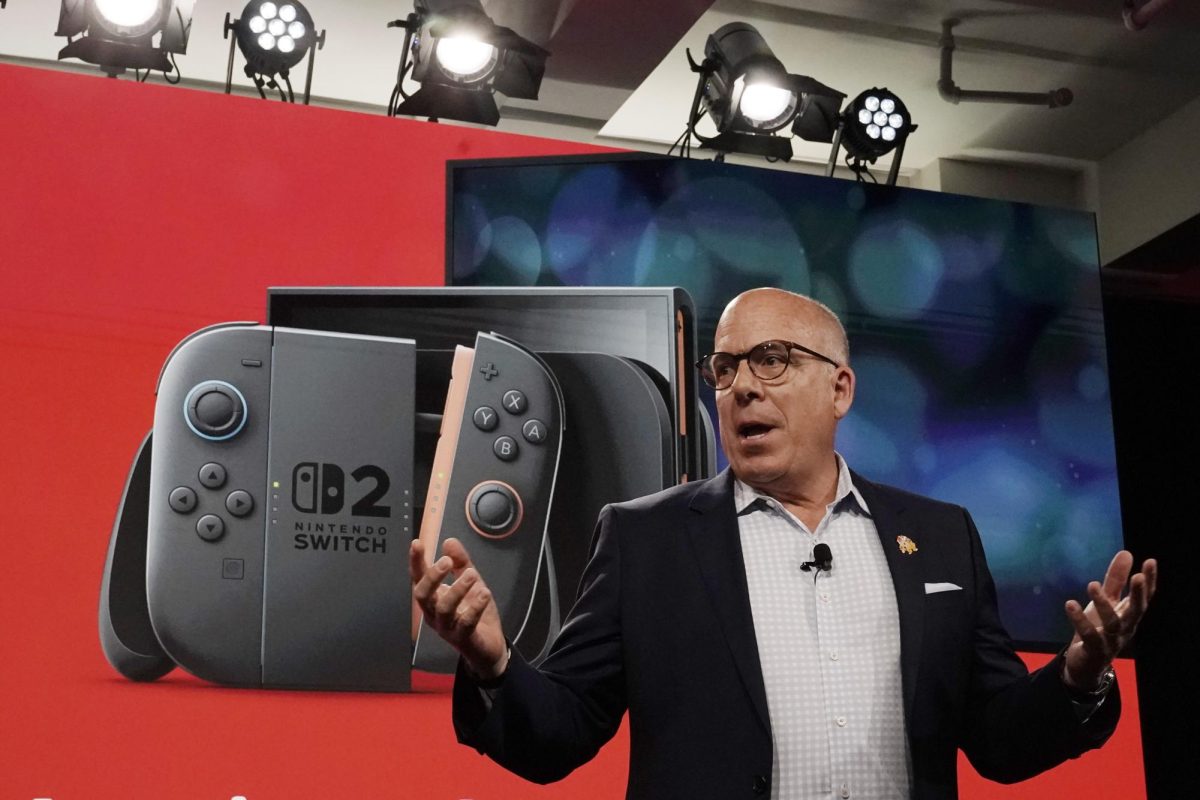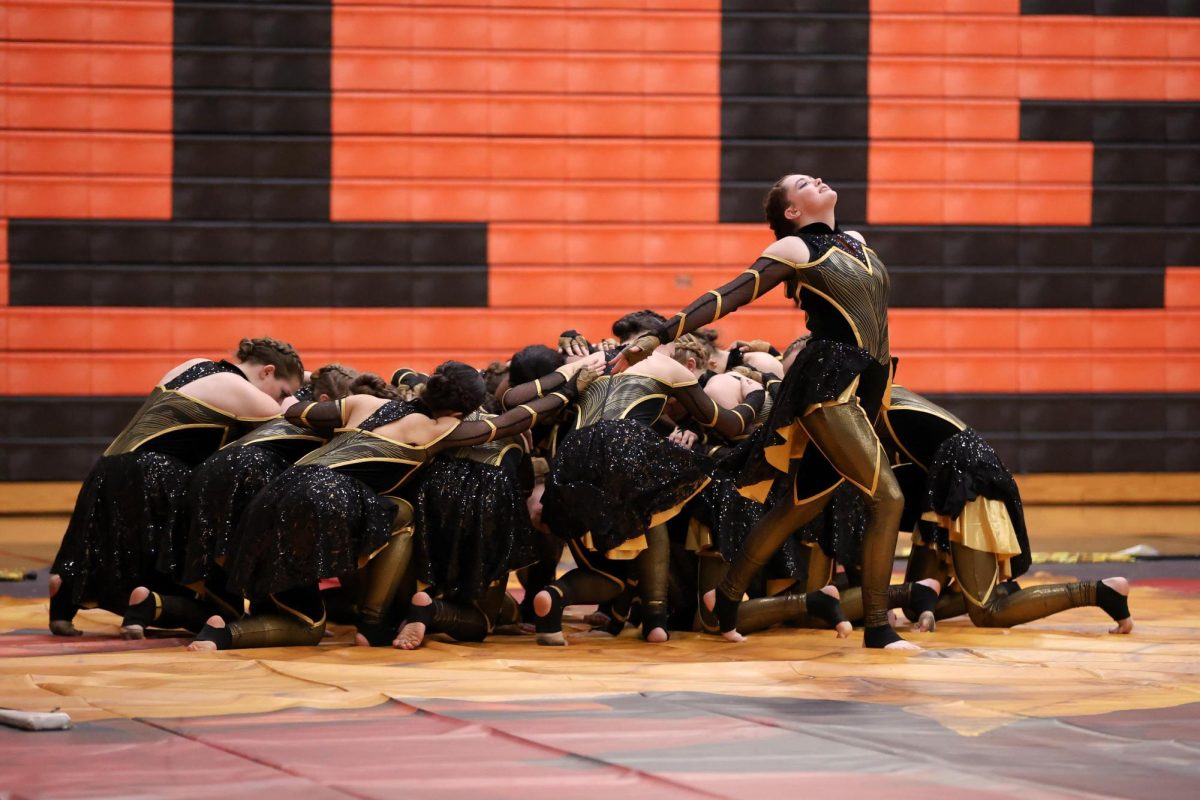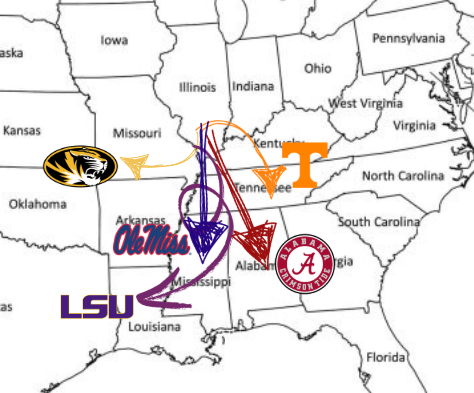‘Fitting In’ Is Out
August 25, 2016
The morning is dull and warm as you walk up to the glass doors of the EHS entrance. Your nerves set in as you open them and enter the school. While passing girls with perfectly fixed hair and flawless makeup, or boys as tall as the lockers, you can’t help but think, “Where do I fit into all of this? Will I ever look like that or seem that cool?”
Starting as a freshman in high school, or even another grade, is stressful, especially for those who feel like they don’t “fit in.” Society has led different age groups, teenagers specifically, to believe that there is a line everyone must follow to be accepted. But what does it typically mean to fit in?
“I thought that fitting in meant that you were like everyone else,” senior Emily Hayes said. “You liked the things everyone else did; you dressed, talked, and looked like everyone else.”
Every high school student, whether he or she seems to have their life together or is obviously still finding their way, gives into the pressures of “fitting in” at some point in their school career.
“I would say that in middle school and high school fitting in was a big part of my life,” senior Max Hartman said. “It was my goal not to be an outcast… and with the groups I was hanging out with I was pressured into doing what they were doing whether it was good or bad.”
The pressure to “fit in” comes from many places; senior Matthew Griebe thinks it could stem from the natural desire to be liked, while Hartman thinks attention and looks cause this pressure. Hayes has another idea.
“I think media has a lot of control in the concept of fitting in, she said. Hayes feels that “fitting in” is such a popular theme in books, TV and movies that people look at those fictional characters as role models. “We spend a lot of time shaping ourselves into what we think society will like.”
As students get used to the high school atmosphere, they realize that this line of “cool” doesn’t actually exist. It is more about finding yourself and making friends who will help you accomplish that.
“[Fitting in] really means finding friends who will accept you for who you are,” Griebe said.
Finding these friends and reaching self-acceptance doesn’t happen immediately, and for some it takes the help of joining a group to figure out what matters to them.
“The moment I started to become myself was when I was chosen to be in adaptive PE,” Hartman said. “Joining that class made me realize that everyone is their own person. Whether you have a disability or personal problem or anything that would make you different, you are you and you should be proud of that.”
For others, realizing that the line of “fitting in” doesn’t exist comes with age. No matter how or when that conclusion is reached, putting your values first is what matters.
“Looking back I realize that my definition of fitting in meant that you’d lose all self-identity, Hayes said.
“As a senior, I see that fitting in isn’t as important as I once thought… I’ve learned that if people don’t like me as I am, then odds are they aren’t going to like me no matter what. You are fine the way you are and if someone can’t see that, then they don’t deserve to be a part of your life.”











